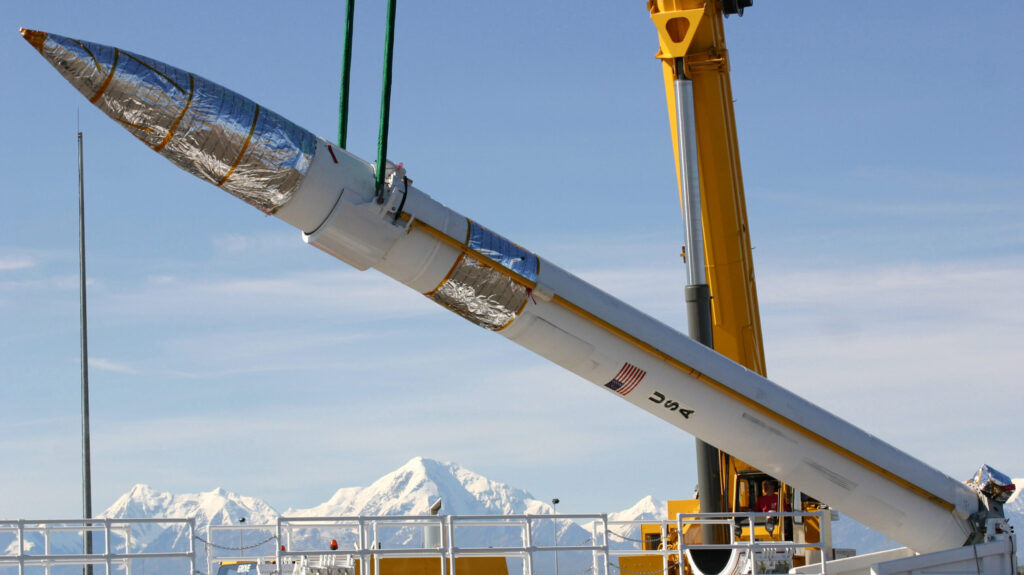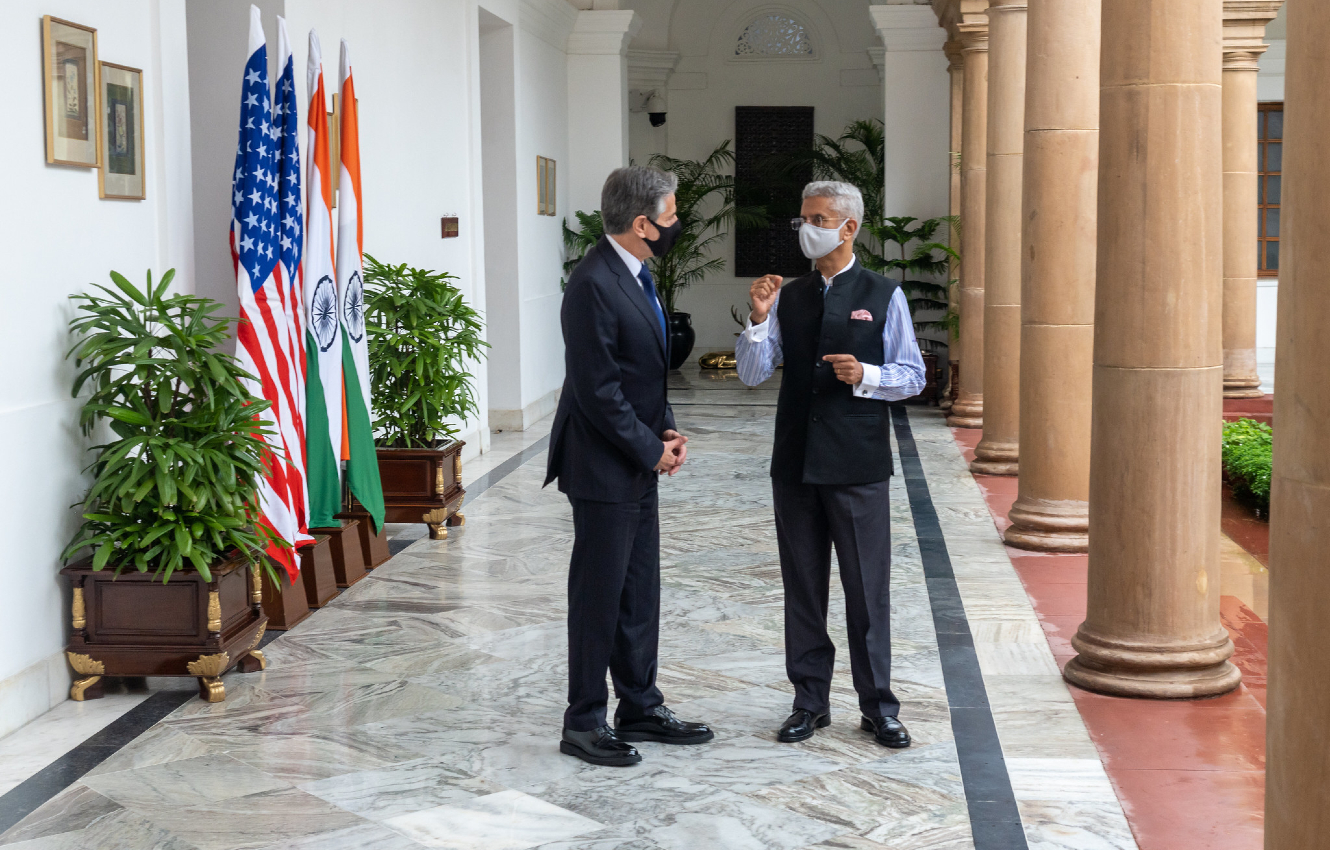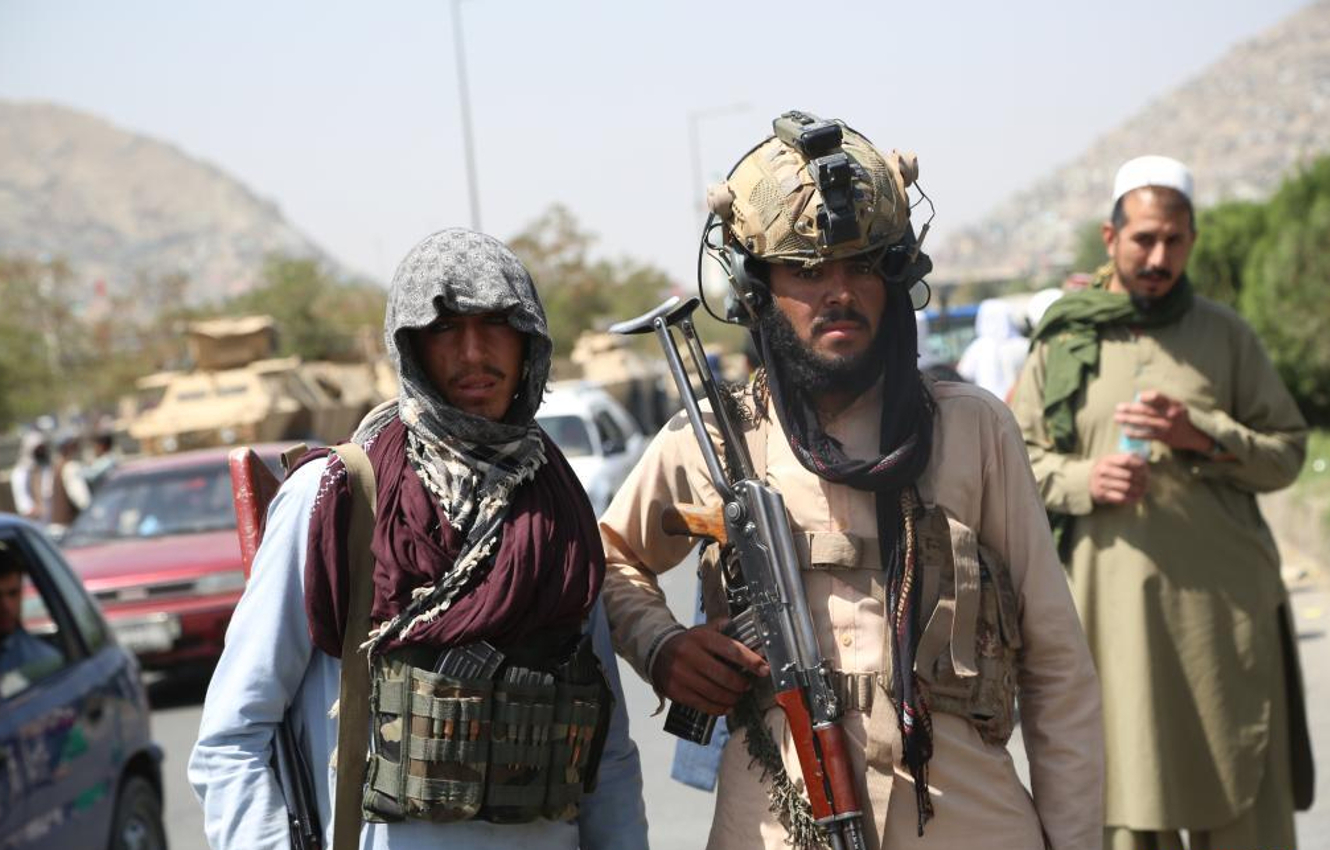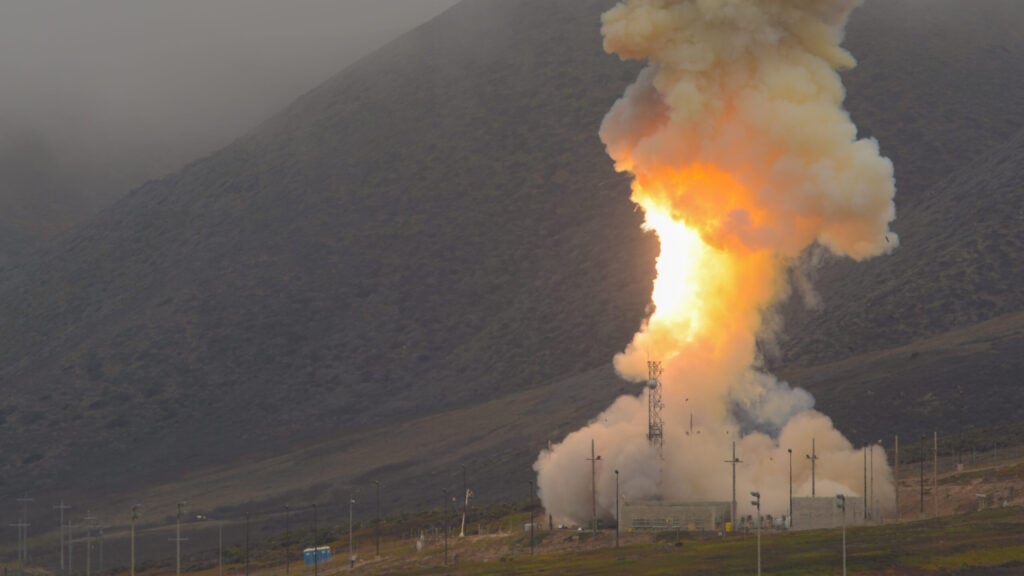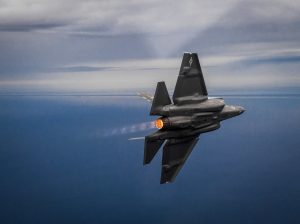(487) 08-21-2021-to-08-27-2021__****THE****WINDS****of****WAR****
(488) 08-28-2021-to-09-03-2021__****THE****WINDS****of****WAR****
(489) 09-04-2021-to-09-10-2021__****THE****WINDS****of****WAR****
____________________________________________________
Posted for fair use.....

 www.indiatoday.in
www.indiatoday.in
Pakistan expanding its nuclear arsenal: Report
Pakistan continues to expand its nuclear arsenal with more warheads, more delivery systems, and a growing fissile material production industry.

Ankit Kumar New DelhiSeptember 11, 2021
UPDATED: September 11, 2021 09:32 IST
In 1999, a publication by the US Defense Intelligence Agency (DIA) titled 'A Primer on the Future Threat: the Decades Ahead 1999-2020' predicted that Pakistan’s estimated nuclear warheads would reach somewhere from 60 to 80. Fast forward to September 2021, a nuclear notebook published in the journal Bulletin of the Atomic Scientists estimates that Pakistan has expanded its nuclear stockpile to approximately 165 warheads.
According to the Chicago-based independent nonprofit publication, “Pakistan continues to expand its nuclear arsenal with more warheads, more delivery systems, and a growing fissile material production industry.” Prepared by Hans M. Kristensen, director of the Nuclear Information Project (NIP) at the Federation of American Scientists, and Matt Korda, research associate for the NIP, the publication argues that Pakistan is likely to continue expanding its nuclear capabilities over the next few years. “We estimate that the country’s stockpile could more realistically grow to around 200 warheads by 2025 if the current trend continues.” The government of Pakistan has never publicly disclosed the size of its nuclear arsenal.
PAKISTAN'S NUCLEAR CAPABILITIES
Pakistan has been trying to develop new short-range tactical weapons, sea-based cruise missiles, air-launched cruise missiles, and longer-range ballistic missiles for some time now. Pakistan has at least six operational nuclear-capable land-based ballistic missiles, including the short-range (60-70 km) NASR (Hatf-9) solid-fuel missile.
“With a range too short to attack strategic targets inside India, NASR appears intended solely for battlefield use against invading Indian troops,” Kristensen and Korda write in their paper.
The medium-range missiles include Shaheen-II and newer Shaheen-III missiles. Once fully operational, researchers point out that the Shaheen-III missiles, with a projected range of 2,750 km, would bring Israel within range of Pakistani nuclear missiles for the first time. For this, these missiles will have to be deployed in the western parts of Balochistan province.
Pakistan is also developing a multiple independent reentry vehicle (MIRV) technology-enabled nuclear-capable ballistic missile Ababeel. Pakistan is also reportedly upgrading its original Babur1 missiles into Babur-1A, and Babur-2/Babur-1B versions to improve their capabilities. An under-development sea version named Babur-3 is likely to be used with the diesel-electric Agosta class submarines, once ready. “It is possible that these new submarines, which will be called the Hangor-class, could eventually be assigned a nuclear role with the Babur-3 submarine-launched cruise missile,” the paper points out.
In terms of Pakistan’s aircraft capabilities, the nuclear notebook doesn’t feature the nuclear capabilities of Pakistan’s F-16s and JF-17s aircraft citing the “uncertainties”. Pakistan has two versions of US-made F-16s as well as the China-assisted JF-17 fighter jets; however, the nature of their nuclear capabilities remains unclear. Pakistan was obligated by contract with the US to not modify its earlier versions of older F-16(A/B), but various reports suggested that Pakistan might have modified those aircraft long back.
Pakistan Air Force’s (PAF) Mirage III and Mirage V fighter squadrons are likely to have nuclear delivery capabilities as well. Masroor Air Base near Karachi housing three Mirage squadrons has a “possible nuclear weapons storage site” nearby that, according to the authors, has been witnessing continuous underground constructions and expansions. “This includes a possible alert hangar with underground weapons-handling capability,” the publication points out.
Another PAF base near Shorkot in Punjab houses two Mirage squadrons as well. Pakistani policymakers have expressed their views on replacing the aging Mirage aircraft with the JF-17s.
At the heart of Pakistan’s nuclear production is the Kahuta uranium enrichment plant that has been expanding its enrichment capabilities recently.
Also read: Revealed: Pakistan's dark, dangerous nuke secret
According to the report, the National Defence Complex in the Kala Chitta Dahr mountain range is ground zero to produce nuclear-capable missiles and launchers. Researchers suspect that the Pakistan Ordnance factories near Wah could be linked to nuclear warhead production.
According to the International Panel on Fissile Materials, Pakistan had approximately 3,900 kg of weapon-grade highly enriched uranium and about 410 kg of weapon-grade plutonium in early 2020. But the authors of the nuclear notebook argue that calculating stockpile size solely based on fissile material inventory could be a wrong approach.
“Analysing Pakistan’s nuclear forces is fraught with uncertainty, given that the Pakistan government has never publicly disclosed the size of its arsenal, and media sources frequently embellish news stories about nuclear weapons,” they added.
Also read: Our casualties not a matter of figure: Pak Army after India Today Expose
(488) 08-28-2021-to-09-03-2021__****THE****WINDS****of****WAR****
(489) 09-04-2021-to-09-10-2021__****THE****WINDS****of****WAR****
____________________________________________________
Posted for fair use.....

Pakistan expanding its nuclear arsenal: Report
Pakistan continues to expand its nuclear arsenal with more warheads, more delivery systems, and a growing fissile material production industry.
Pakistan expanding its nuclear arsenal: Report
Pakistan continues to expand its nuclear arsenal with more warheads, more delivery systems, and a growing fissile material production industry.

Ankit Kumar New DelhiSeptember 11, 2021
UPDATED: September 11, 2021 09:32 IST
In 1999, a publication by the US Defense Intelligence Agency (DIA) titled 'A Primer on the Future Threat: the Decades Ahead 1999-2020' predicted that Pakistan’s estimated nuclear warheads would reach somewhere from 60 to 80. Fast forward to September 2021, a nuclear notebook published in the journal Bulletin of the Atomic Scientists estimates that Pakistan has expanded its nuclear stockpile to approximately 165 warheads.
According to the Chicago-based independent nonprofit publication, “Pakistan continues to expand its nuclear arsenal with more warheads, more delivery systems, and a growing fissile material production industry.” Prepared by Hans M. Kristensen, director of the Nuclear Information Project (NIP) at the Federation of American Scientists, and Matt Korda, research associate for the NIP, the publication argues that Pakistan is likely to continue expanding its nuclear capabilities over the next few years. “We estimate that the country’s stockpile could more realistically grow to around 200 warheads by 2025 if the current trend continues.” The government of Pakistan has never publicly disclosed the size of its nuclear arsenal.
PAKISTAN'S NUCLEAR CAPABILITIES
Pakistan has been trying to develop new short-range tactical weapons, sea-based cruise missiles, air-launched cruise missiles, and longer-range ballistic missiles for some time now. Pakistan has at least six operational nuclear-capable land-based ballistic missiles, including the short-range (60-70 km) NASR (Hatf-9) solid-fuel missile.
“With a range too short to attack strategic targets inside India, NASR appears intended solely for battlefield use against invading Indian troops,” Kristensen and Korda write in their paper.
The medium-range missiles include Shaheen-II and newer Shaheen-III missiles. Once fully operational, researchers point out that the Shaheen-III missiles, with a projected range of 2,750 km, would bring Israel within range of Pakistani nuclear missiles for the first time. For this, these missiles will have to be deployed in the western parts of Balochistan province.
Pakistan is also developing a multiple independent reentry vehicle (MIRV) technology-enabled nuclear-capable ballistic missile Ababeel. Pakistan is also reportedly upgrading its original Babur1 missiles into Babur-1A, and Babur-2/Babur-1B versions to improve their capabilities. An under-development sea version named Babur-3 is likely to be used with the diesel-electric Agosta class submarines, once ready. “It is possible that these new submarines, which will be called the Hangor-class, could eventually be assigned a nuclear role with the Babur-3 submarine-launched cruise missile,” the paper points out.
In terms of Pakistan’s aircraft capabilities, the nuclear notebook doesn’t feature the nuclear capabilities of Pakistan’s F-16s and JF-17s aircraft citing the “uncertainties”. Pakistan has two versions of US-made F-16s as well as the China-assisted JF-17 fighter jets; however, the nature of their nuclear capabilities remains unclear. Pakistan was obligated by contract with the US to not modify its earlier versions of older F-16(A/B), but various reports suggested that Pakistan might have modified those aircraft long back.
Pakistan Air Force’s (PAF) Mirage III and Mirage V fighter squadrons are likely to have nuclear delivery capabilities as well. Masroor Air Base near Karachi housing three Mirage squadrons has a “possible nuclear weapons storage site” nearby that, according to the authors, has been witnessing continuous underground constructions and expansions. “This includes a possible alert hangar with underground weapons-handling capability,” the publication points out.
Another PAF base near Shorkot in Punjab houses two Mirage squadrons as well. Pakistani policymakers have expressed their views on replacing the aging Mirage aircraft with the JF-17s.
At the heart of Pakistan’s nuclear production is the Kahuta uranium enrichment plant that has been expanding its enrichment capabilities recently.
Also read: Revealed: Pakistan's dark, dangerous nuke secret
According to the report, the National Defence Complex in the Kala Chitta Dahr mountain range is ground zero to produce nuclear-capable missiles and launchers. Researchers suspect that the Pakistan Ordnance factories near Wah could be linked to nuclear warhead production.
According to the International Panel on Fissile Materials, Pakistan had approximately 3,900 kg of weapon-grade highly enriched uranium and about 410 kg of weapon-grade plutonium in early 2020. But the authors of the nuclear notebook argue that calculating stockpile size solely based on fissile material inventory could be a wrong approach.
“Analysing Pakistan’s nuclear forces is fraught with uncertainty, given that the Pakistan government has never publicly disclosed the size of its arsenal, and media sources frequently embellish news stories about nuclear weapons,” they added.
Also read: Our casualties not a matter of figure: Pak Army after India Today Expose

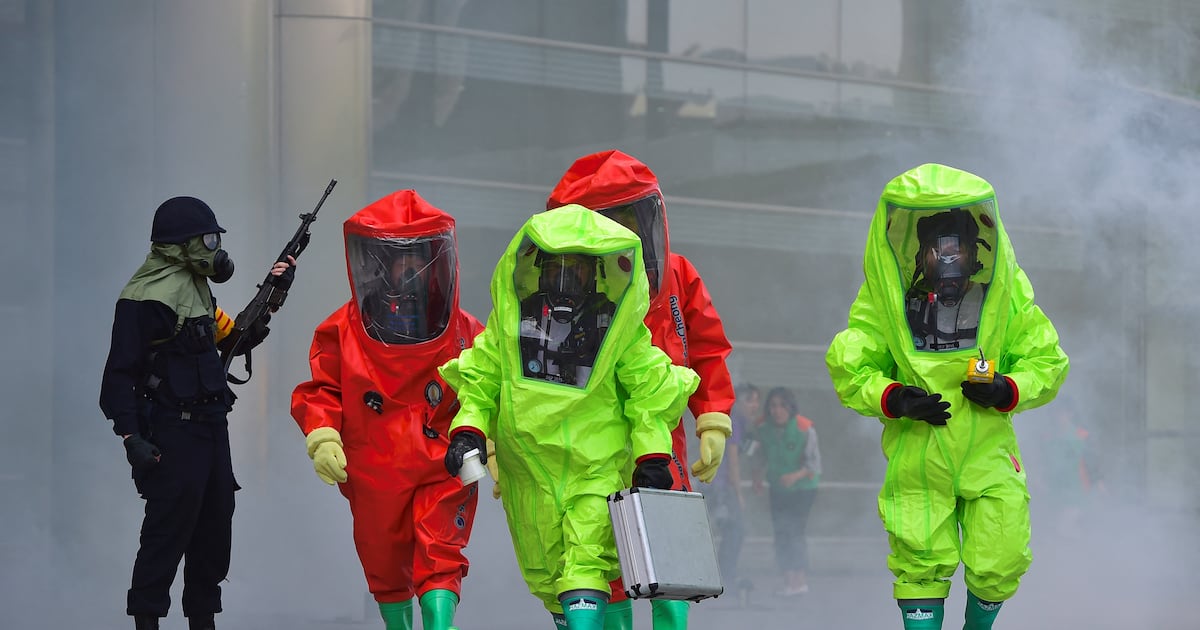
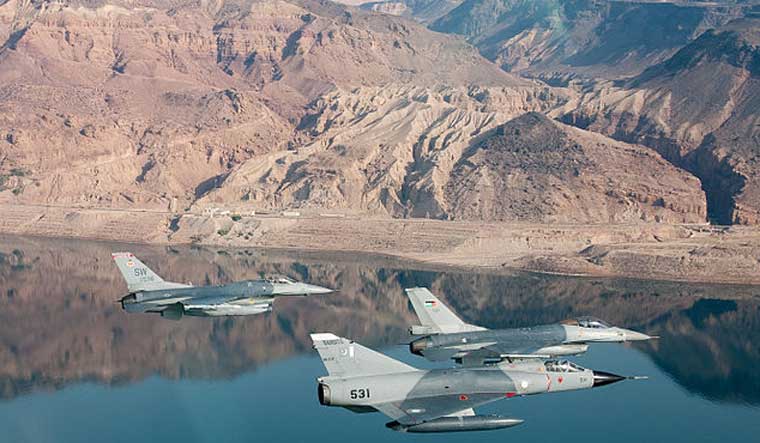





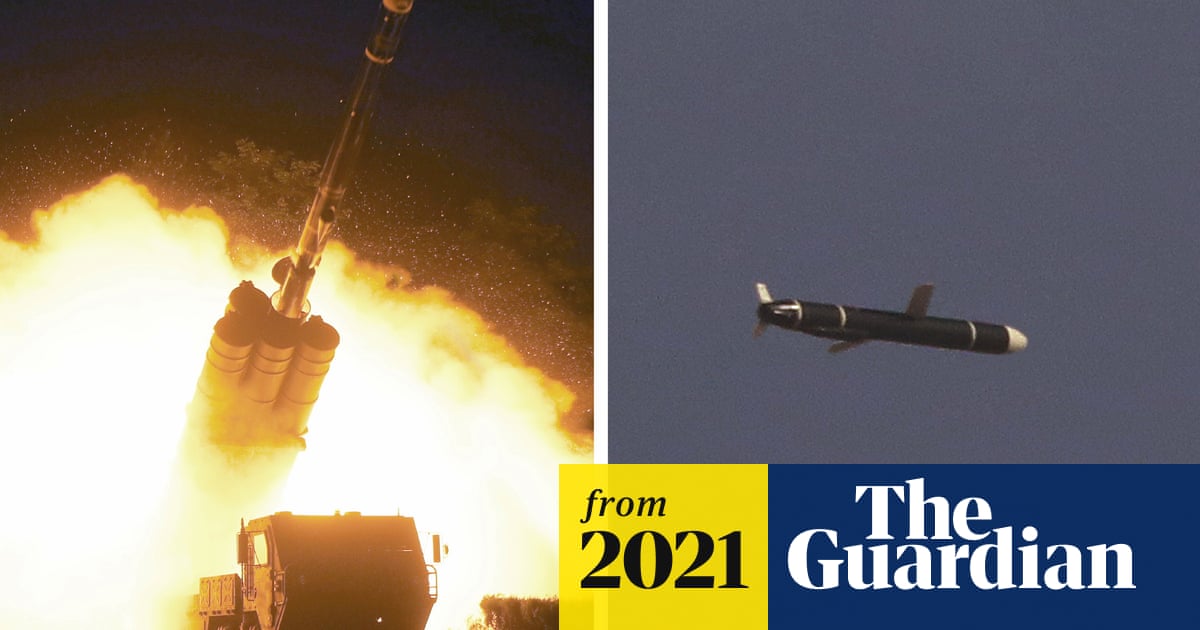
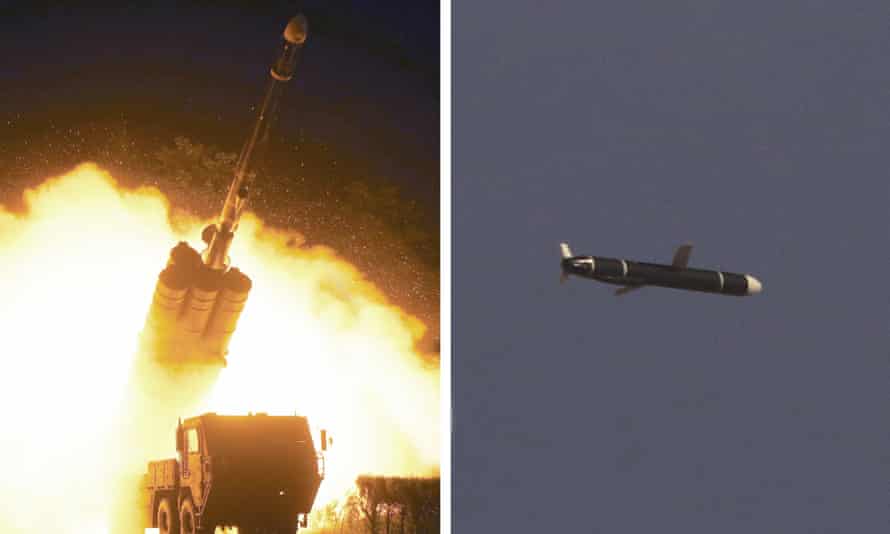
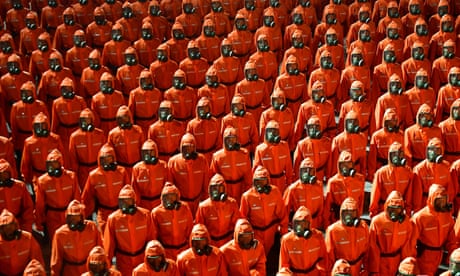
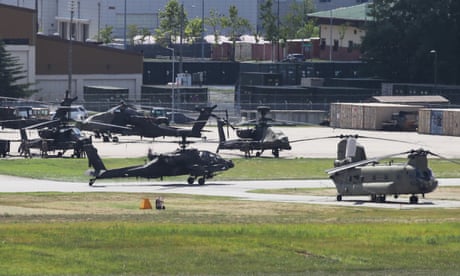

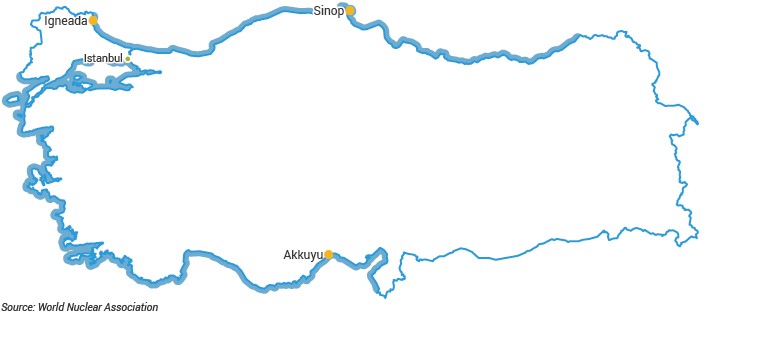
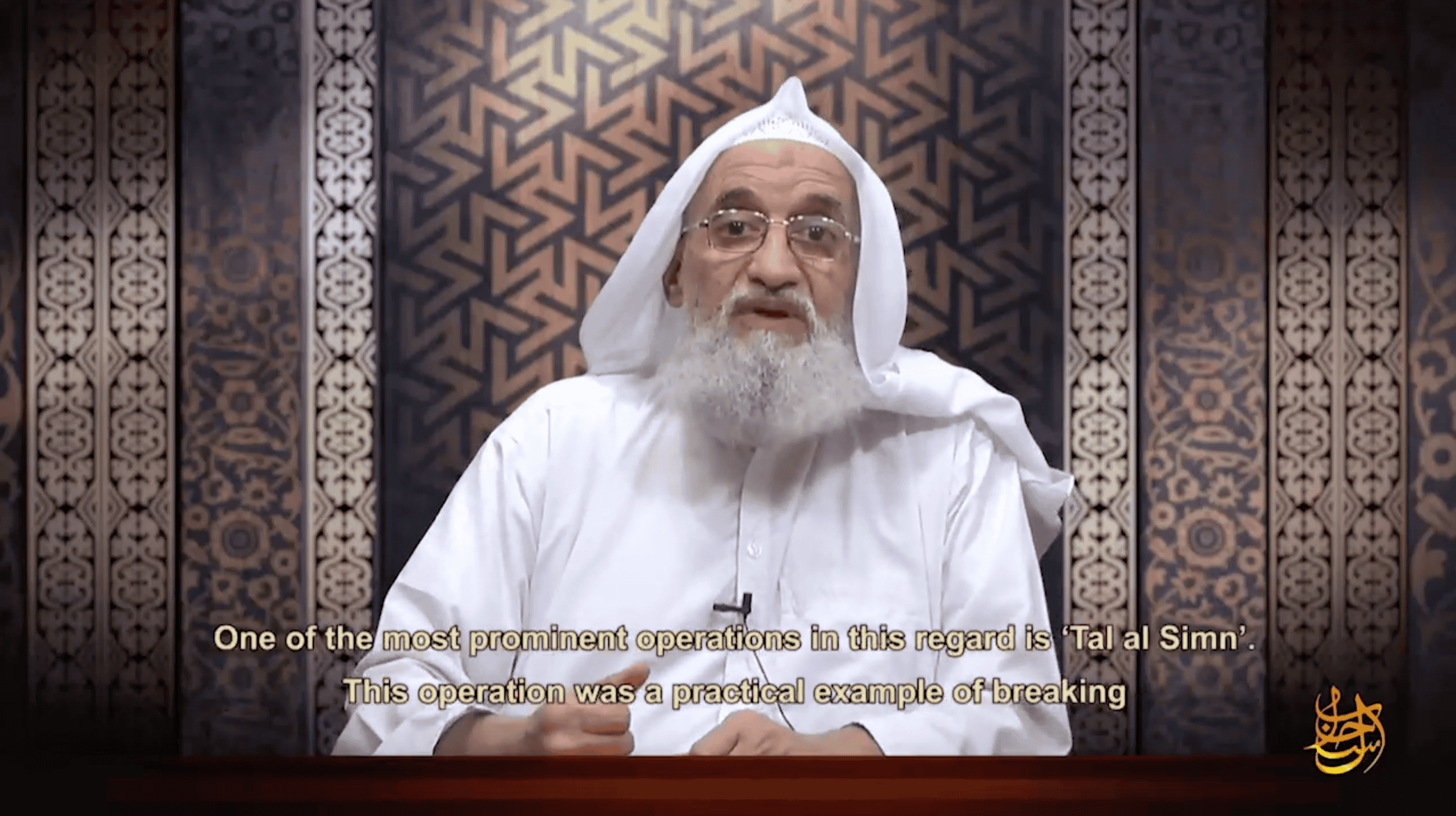
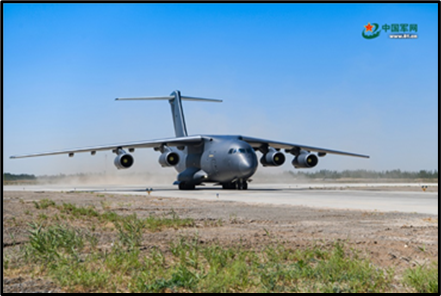
 Read-the-9-10-2021-Issue-in-PDF.pdf
Read-the-9-10-2021-Issue-in-PDF.pdf